Costa Rican Red Honey treats Coffee Bean Flavor Villa Saatchi Coffee Bean introduction
Producing area: the Central Valley of Costa Rica
Manor: Villa manor
Altitude: 1500 m
Variety: Vera Saatchi Villa Sarchi
Treatment method: red honey treatment
Grade: SHB
Production season: 2021
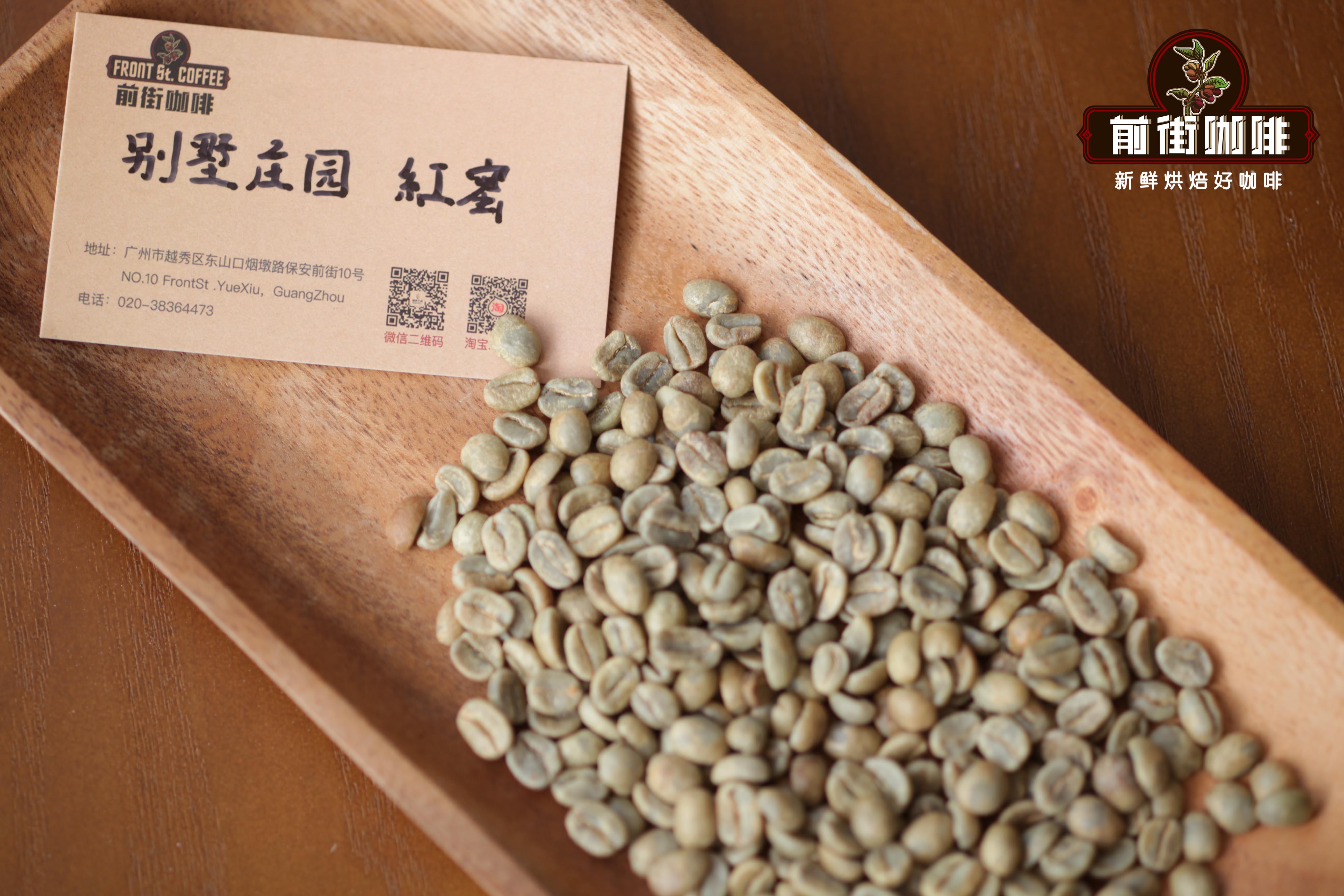
Producing area information
Costa Rica, located in Central and South America, is a famous coffee producer. Nothing is more impressive than their new "dry treatment", also known as honey treatment. This treatment can reduce water pollution by 90% and water consumption by 95% (compared with traditional washing treatment). This method can not only protect the local ecology, but also highlight the high-quality sweetness of coffee.
Central Valley
The central valley is a stretch of valleys in the central valley, surrounded by mountains and volcanoes, and the relatively flat terrain of the valley houses 3% of Costa Rica's population. Rich and fertile volcanic soil makes agriculture the foundation here.
The temperature of the central valley varies between 15 and 30 ℃, mainly due to the location toward the mountains (also between 800m and 1500 m above sea level). The western part of the valley is affected by trade winds in summer and is an ideal environment for coffee cultivation.
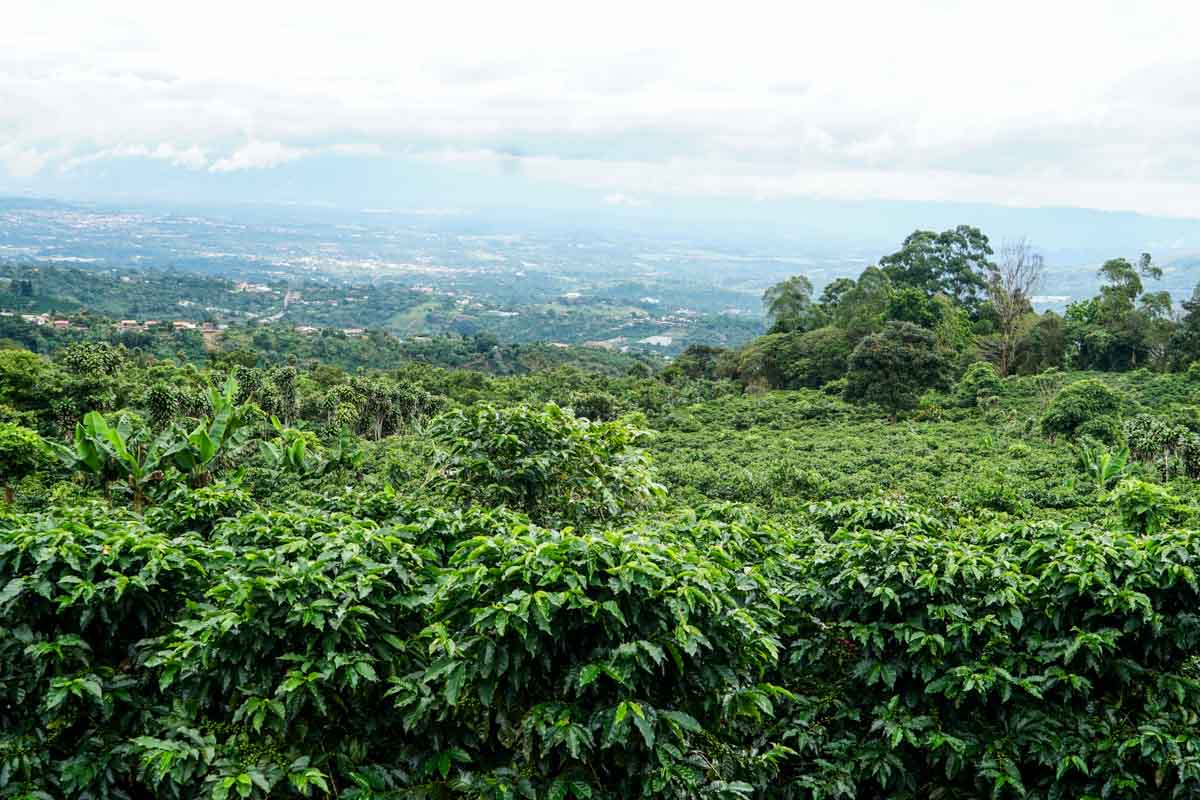
The coffee beans on Qianjie come from the villa estate in the Central Valley, which is called "Finca Lote La Casa" in Spanish, meaning "the farm of many houses". Carlos is the owner of the estate, and his family has run a coffee factory since 2000. Later, Carlos wanted to start his own business on his own, so he and his wife run five small farms, and they attach great importance to the quality of coffee.
Carlos likes to try different varieties: he currently grows rose summer, Vera Robles, tin card, Verasa strange and SL-28 (he was the first producer in Costa Rica to acquire SL-28, and instead of hoarding this particular variety for himself in the past few years, he distributed seeds to friends and neighbors. Carlos believes that in addition to the processing technology of coffee, we should pay more attention to the variety of coffee.
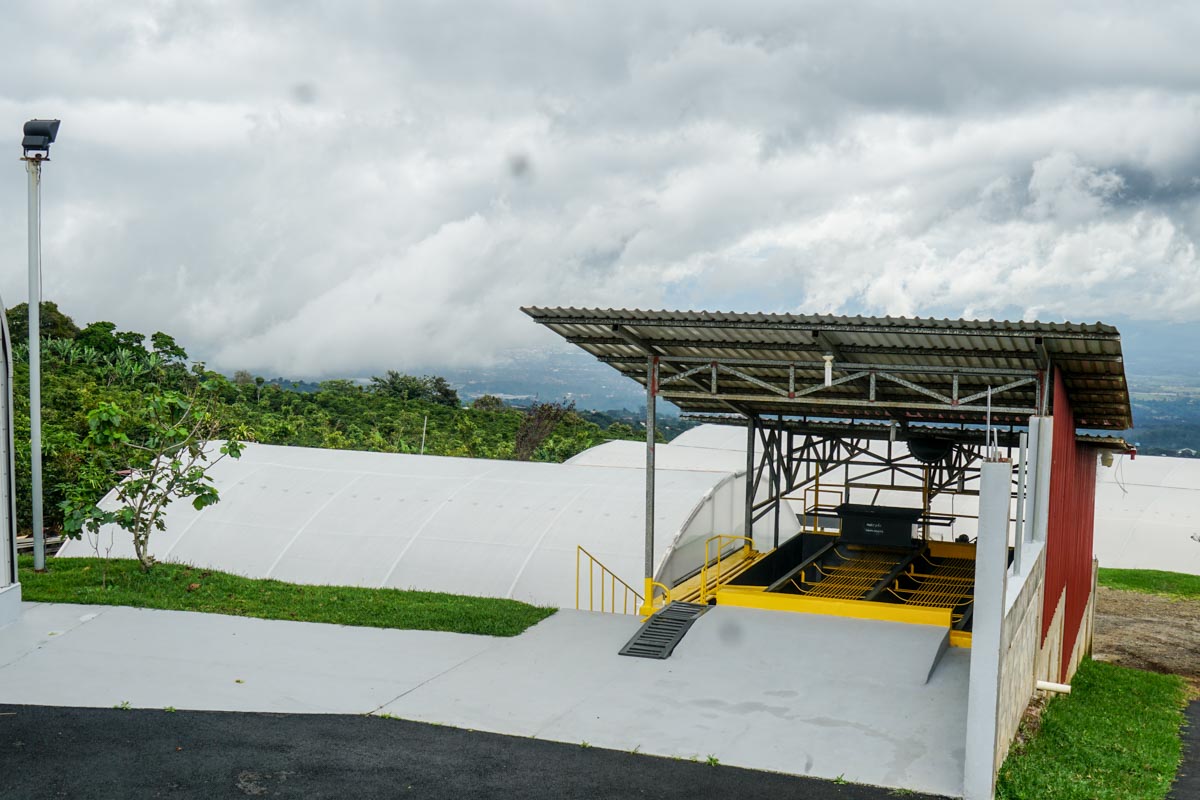
Coffee variety
The Qianjie bean variety, Villa Sarchi, is a natural mutation of the bourbon species, with a single gene mutation that causes the plant to become smaller (called "dwarfism"), similar to Pacas and Kaddura. Vera Saatchi was discovered in the northwestern province of Alajuela, Costa Rica, from 1950 to 1960, followed by local genealogical selection (selection of individual plants for successive generations). Vera Saatchi is not widely grown outside Costa Rica, so it is no exaggeration to say that Verasa is a unique species of coffee in Costa Rica.
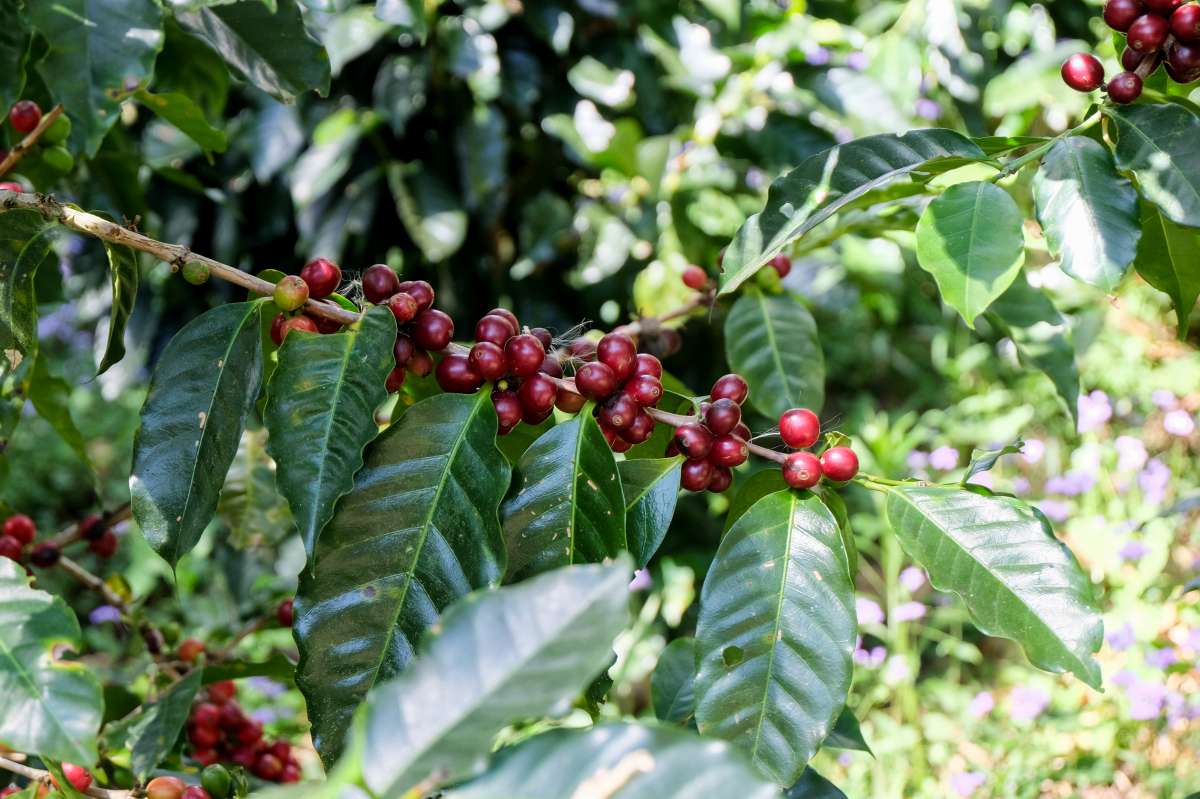
Treatment mode
This coffee bean uses the red honey treatment of the villa manor, which is one of the honey treatment. The villa manor has a fixed collection team of 45 indigenous people from Panama who go to work on the farm every harvest season. The picker focused on cherries, picking only the bull's blood-red coffee cherries, while Don Carlos and his wife trusted the pickers so much that they didn't even have a floating pool in wet processing tools. Workers and visitors are required to cover or take off their shoes before entering the dry area to avoid dirt and dirt contaminating the coffee fruit, while the factory's receiving and desizing stations are as neat and clean as brand new.
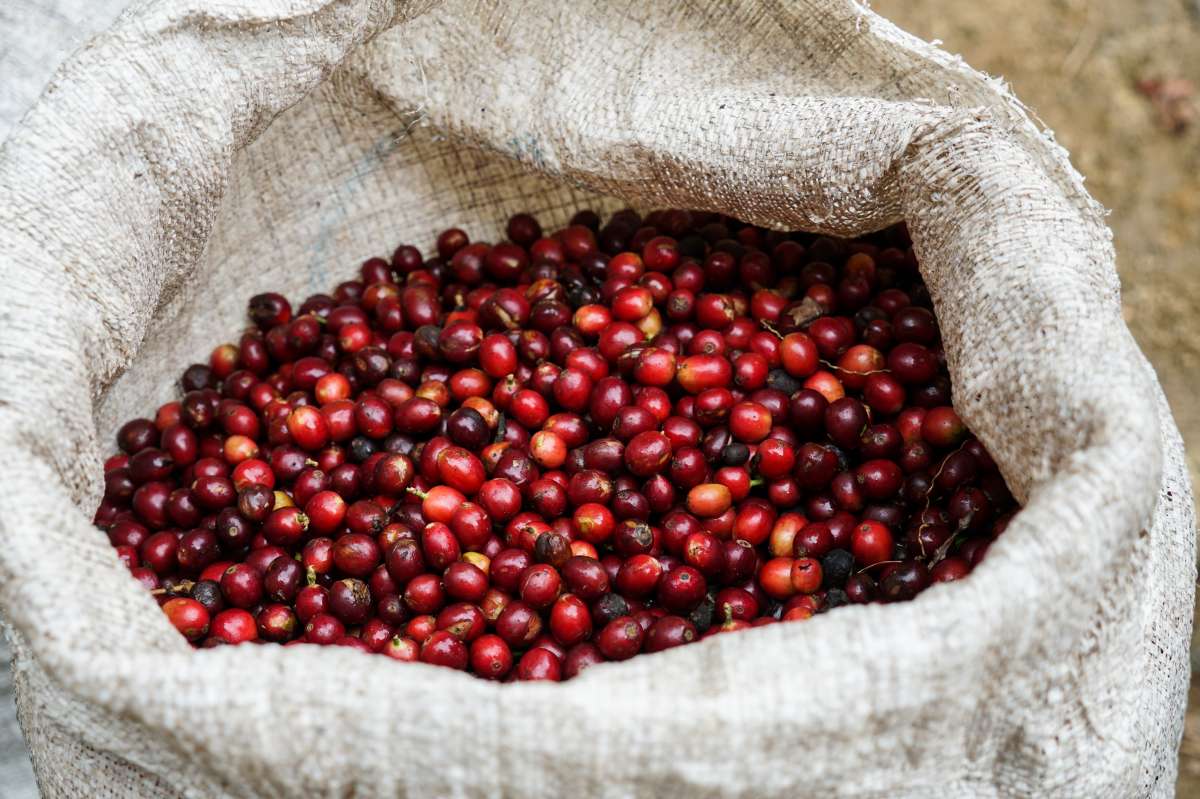
After the fruit is harvested, the desizing treatment is carried out, and the red honey treatment is to retain 70% of the pectin layer and put it into a sunshade to dry for about 12 days. After testing the moisture content and the degree of fermentation, it will be stored in storage.
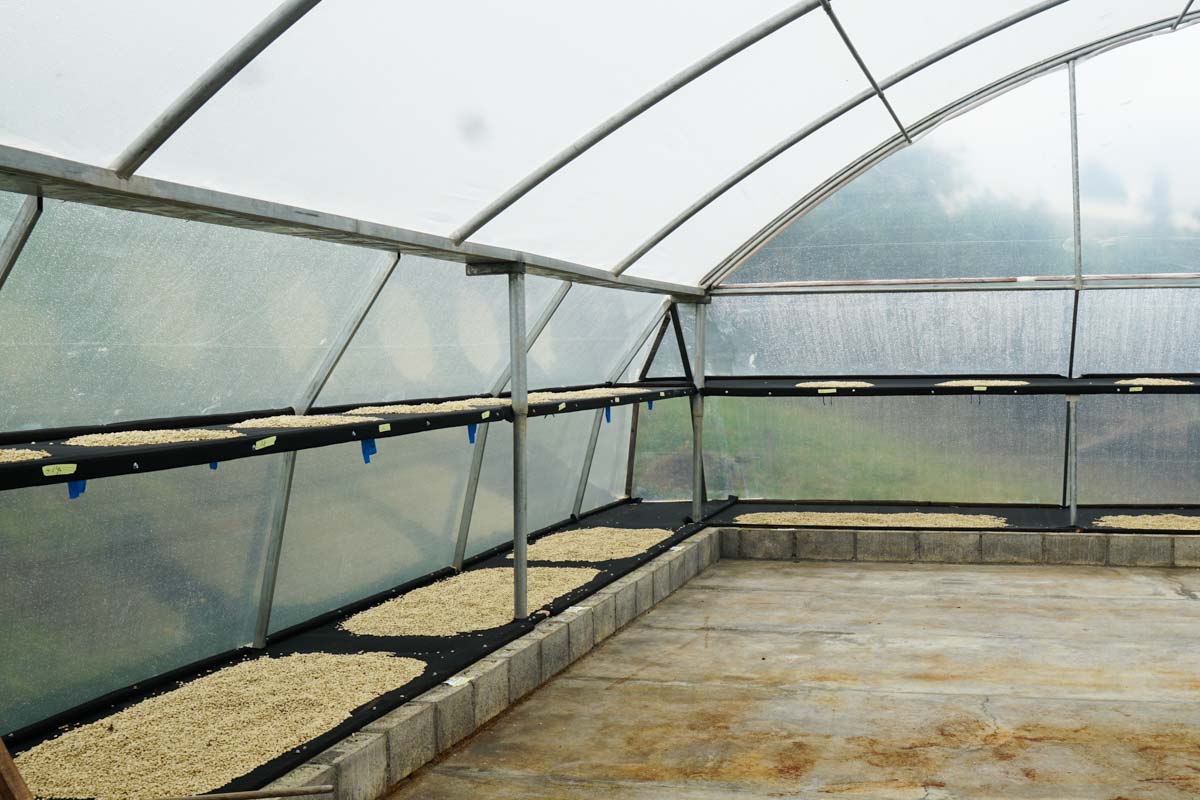
Qianjie coffee roasting scheme
Qianjie bakers think that to highlight the sweetness of this red honey treated coffee beans, as well as to ensure its pleasant acidity, the use of medium-to-shallow roasting. The extension of the relay period highlights the sweetness of this coffee.
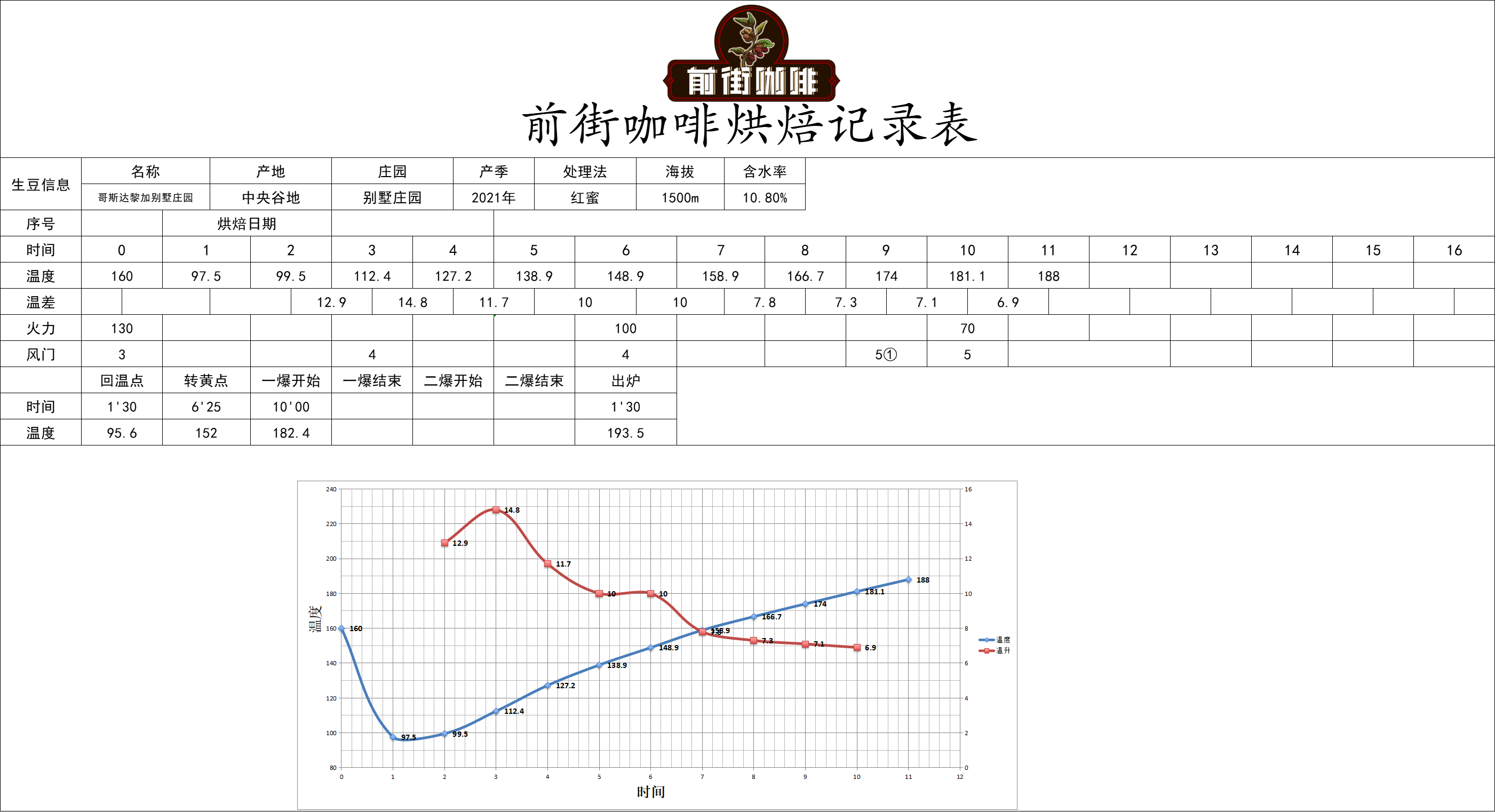
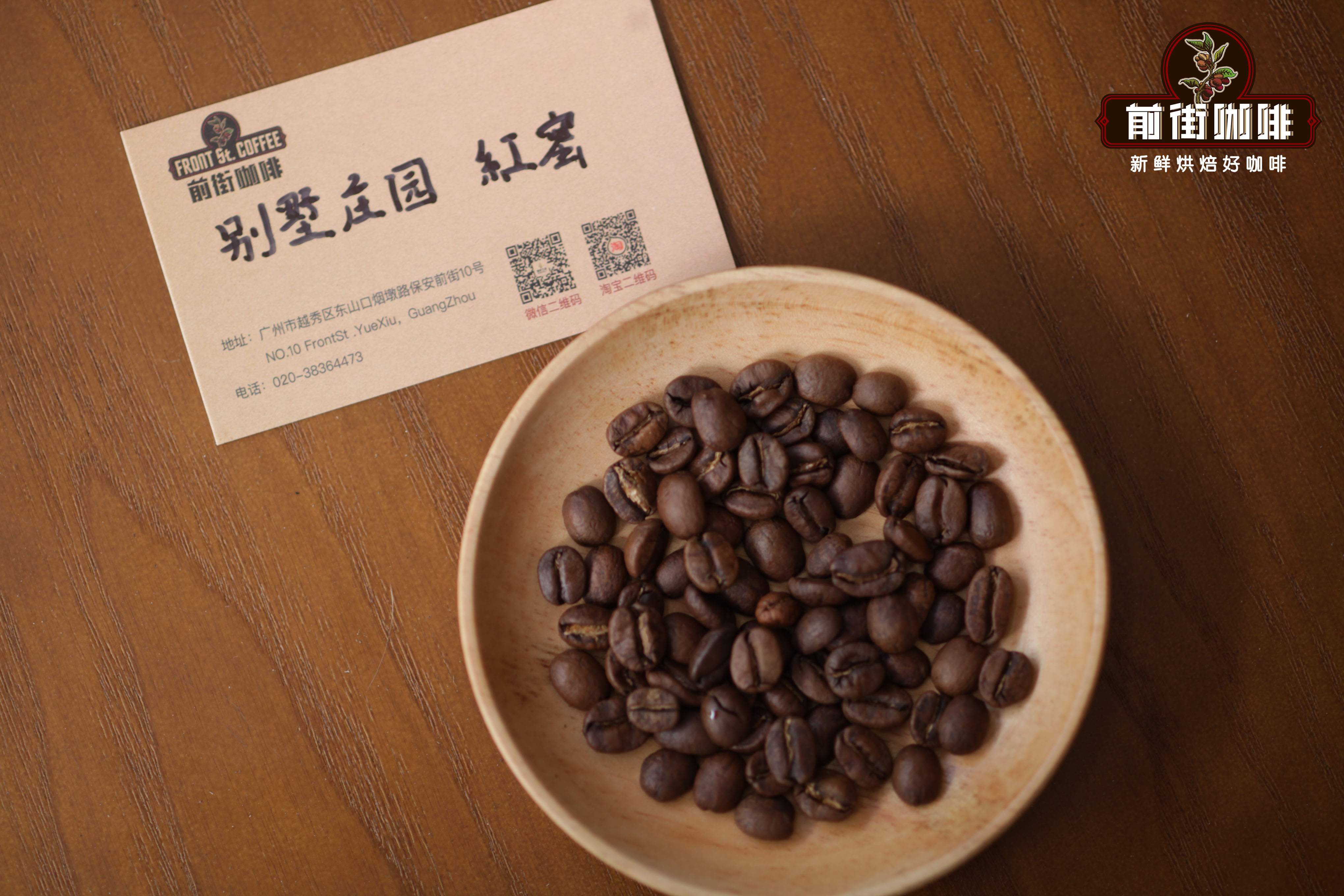
Description of cup test flavor

Suggestion on brewing coffee in Qianjie
Filter cup: V600001
Water temperature: 90-91 ℃
Powder content: 15g
Powder / water ratio: 1:15
Degree of grinding: medium and fine grinding (Chinese standard No. 20 screen pass rate 80%)
Cooking technique: three-stage extraction. Steam with 30 grams of water for 30 seconds, small water flow around the circle to 125 grams for sectional injection, water level drop is about to expose the powder bed, continue to inject water to 225 grams to stop water injection, and so on when the water level drop is about to expose the powder bed, remove the filter cup, (steaming starts timing) the extraction time is 2 minutes 39 minutes.

Important Notice :
前街咖啡 FrontStreet Coffee has moved to new addredd:
FrontStreet Coffee Address: 315,Donghua East Road,GuangZhou
Tel:020 38364473
- Prev
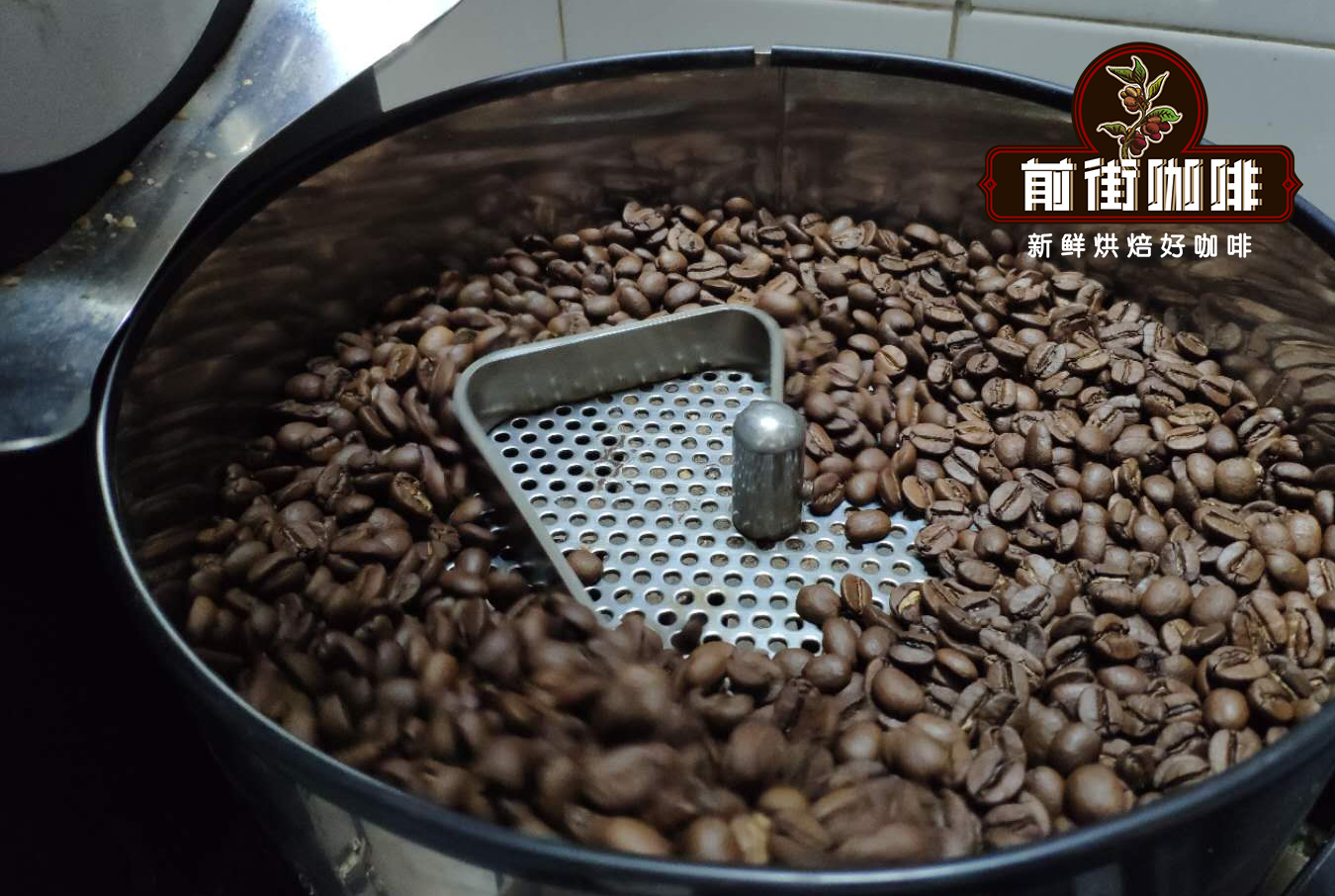
Light roasted coffee, medium roasted coffee, medium roasted coffee, light roasted coffee, light roasted coffee,
Introduction to several roasting degrees of coffee: 01 light roasted coffee beans show light brown and cinnamon color, also known as cinnamon roasting because of the color. The surface will not have gloss or grease, often appear dark lines or rough texture, the bean time is about the early stage of an explosion, the bean temperature is about 205209C, Agtron number is between 70 and 80. Shallow roasted caffeic acid
- Next
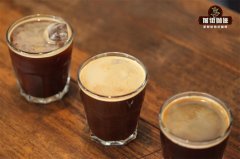
When is the best time to drink iced American coffee? American coffee ice is still hot? how much ice water?
An introduction to whether American coffee is hot or cold, just like beancurd jelly eating salty or sweet, attracted coffee friends to stand in two schools. At this time, there will always be onlookers who say, "it's all espresso mixed with water, isn't the ice heat the same?" It's really different! What is American coffee? American coffee originated in World War II.
Related
- Beginners will see the "Coffee pull flower" guide!
- What is the difference between ice blog purified milk and ordinary milk coffee?
- Why is the Philippines the largest producer of crops in Liberia?
- For coffee extraction, should the fine powder be retained?
- How does extracted espresso fill pressed powder? How much strength does it take to press the powder?
- How to make jasmine cold extract coffee? Is the jasmine + latte good?
- Will this little toy really make the coffee taste better? How does Lily Drip affect coffee extraction?
- Will the action of slapping the filter cup also affect coffee extraction?
- What's the difference between powder-to-water ratio and powder-to-liquid ratio?
- What is the Ethiopian local species? What does it have to do with Heirloom native species?

